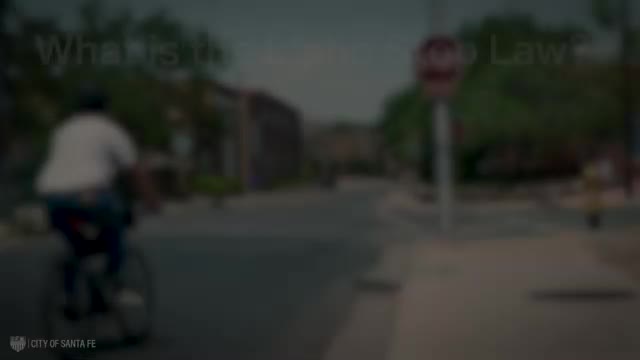Idaho Stop Law enhances cyclist safety across 12 adopting states
July 10, 2025 | Santa Fe, Santa Fe County, New Mexico
Thanks to Scribe from Workplace AI , all articles about New Mexico are free for you to enjoy throughout 2025!

This article was created by AI using a video recording of the meeting. It summarizes the key points discussed, but for full details and context, please refer to the video of the full meeting. Link to Full Meeting
Council members highlighted the responsibilities of cyclists under this law. At stop signs, cyclists must ensure that no other traffic is present before proceeding. If there is traffic, they are required to come to a complete stop. Similarly, at red lights, cyclists must stop and check for any traffic that needs to be yielded to before moving through the intersection.
The council emphasized the potential benefits of the Idaho Stop Law for both cyclists and motorists. By allowing cyclists to maintain their momentum through intersections, the law can reduce the likelihood of accidents. It also helps to minimize conflicts between cyclists and motor vehicles, particularly at signalized intersections. This can lead to a smoother flow of traffic, as motorists will not have to wait behind slower-moving bicycles when the light turns green.
The meeting noted that 12 states have adopted similar laws, with promising results. For instance, Idaho experienced a 14.5 percent decrease in bicycle injuries, while Delaware reported a 23 percent reduction in accidents at stop sign intersections.
As Santa Fe considers the adoption of the Idaho Stop Law, the council is focused on how this change could enhance safety and efficiency for all road users, ultimately contributing to a more bicycle-friendly community.
Converted from Idaho Stop Law: A PSA About New Mexico Bicycle Laws meeting on July 10, 2025
Link to Full Meeting
Comments
View full meeting
This article is based on a recent meeting—watch the full video and explore the complete transcript for deeper insights into the discussion.
View full meeting